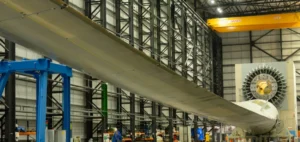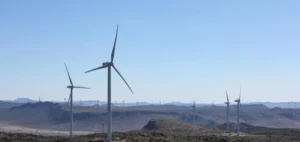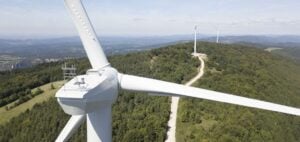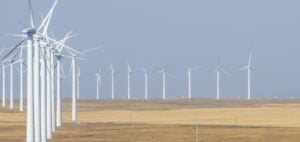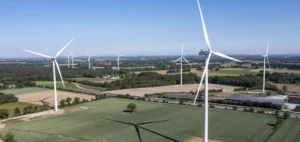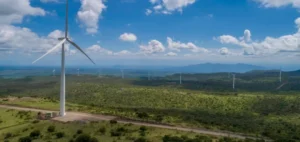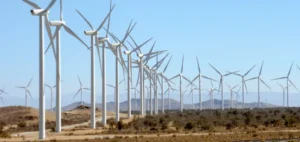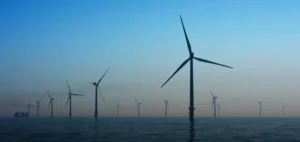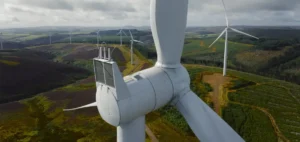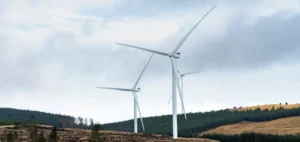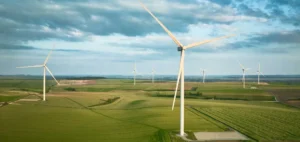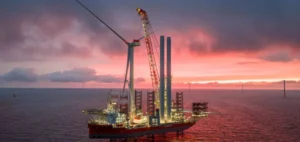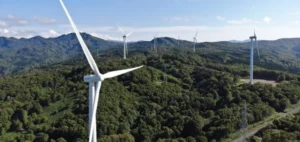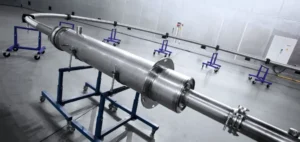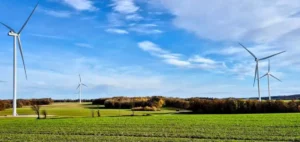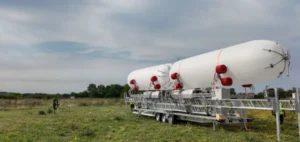RWE has commissioned the Aldenhoven wind farm in the Düren district of North Rhine-Westphalia. The facility, located on a recultivated former lignite mining site, reaches a total capacity of 34.2 megawatts (MW). The installation consists of six turbines of 5.7 MW each. This project represents a new investment by the company in the development of electricity capacity on post-industrial land.
The surrounding municipalities receive a payment of 0.2 euro cents per kilowatt-hour produced. Based on production forecasts, this contribution could amount to up to €150,000 per year. This provides a direct financial benefit for the local communities within the project area.
Regional deployment and new investment decisions
RWE has decided to finance the construction of two new turbines of 7 MW each, which will be erected near the current wind farm in Düren-Merken. Construction is scheduled to begin early next year. This extension will increase the installed capacity in the region, which already includes 249 MW in operation in the Rhenish area.
The company is simultaneously developing an additional 77 MW in this area. These combined investments bring the capacity under development in the country to 170 MW, in addition to the 676 MW already in operation in Germany.
RWE’s presence and financial strategy
To strengthen its position in the domestic market, RWE relies on its headquarters in Essen and a network of nine regional offices in Germany. This structure allows the company to manage the operational and administrative follow-up of its projects, as well as coordination with municipalities and public authorities.
Investment in post-industrial sites, such as recultivated mining areas, follows a strategy of leveraging existing land assets. By targeting these areas, the company optimizes development costs and secures new production capacity without resorting to more restrictive land acquisitions.



